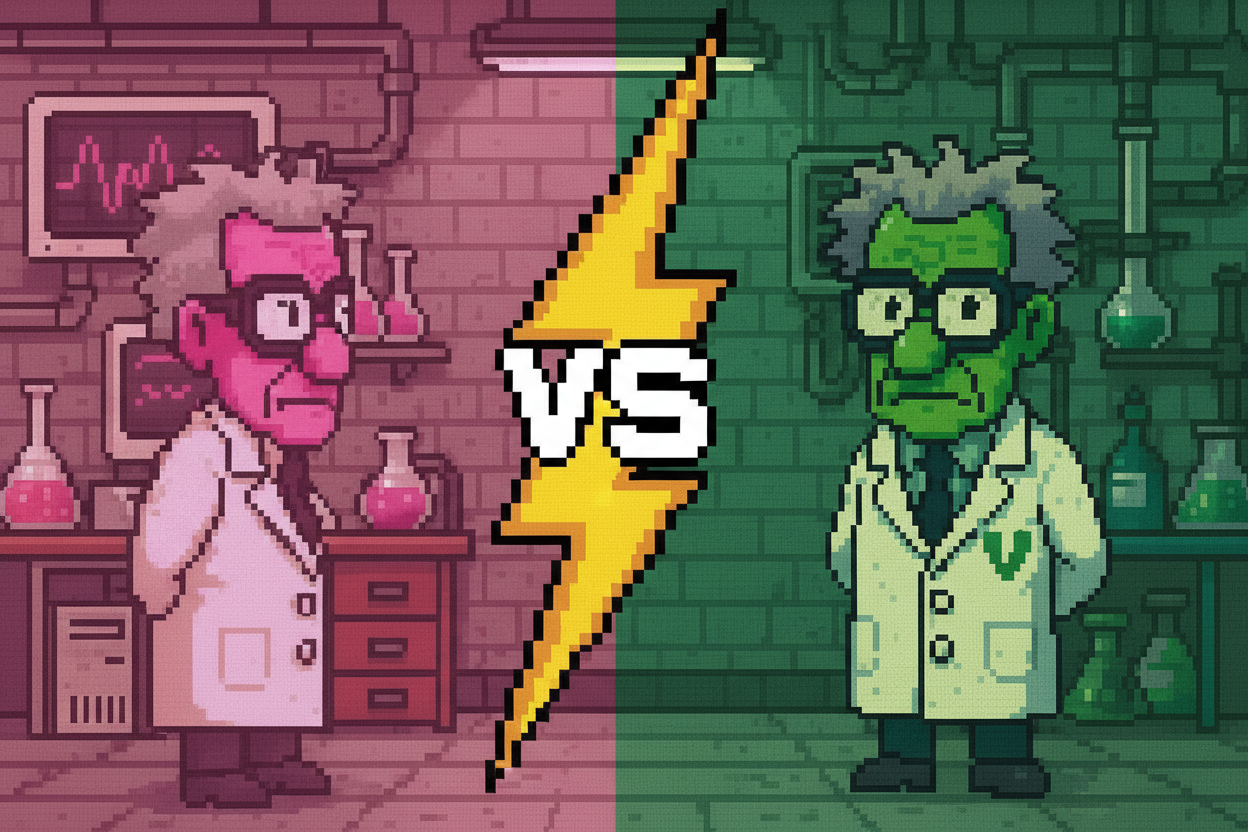Vite-Native Simplicity vs. Battle-Tested Comprehensiveness
Histoire's Vite-native architecture fundamentally distinguishes it from Storybook's approach. Rather than maintaining a separate build configuration, Histoire reuses your existing Vite setup directly, eliminating configuration drift where component stories behave differently from the actual application. For Vue developers already working in Vite-based projects—which increasingly represents the majority of modern Vue applications—this alignment feels natural and reduces cognitive overhead.
The story syntax reflects this Vue-first philosophy. Histoire stories are written as .story.vue files using standard Single File Component syntax with Composition API, script setup, and familiar reactivity primitives. Developers experience instant Hot Module Replacement feedback loops where changes appear in the browser within milliseconds, dramatically accelerating iteration velocity during component development. This contrasts with Storybook's args-based API, which, despite supporting Vue, feels architecturally rooted in React's component model and occasionally requires mental translation for Vue developers.
Yet Storybook's maturity manifests in comprehensive features that Histoire simply lacks today. The addon ecosystem provides interaction testing through Testing Library integration, automated accessibility validation via axe-core, design token documentation, Figma embedding, and dozens of other specialized capabilities. These aren't trivial conveniences—they represent entire testing and documentation workflows that Histoire users must implement through separate tools and custom integrations. The ecosystem advantage compounds over time as projects scale and quality requirements expand beyond basic visual regression into comprehensive component validation.
Chromatic's anti-flakiness engineering demonstrates the value of specialized, purpose-built infrastructure. The platform embeds web fonts directly into test environments to guarantee consistent typography across CI machines, leverages a single standardized headless browser version to eliminate rendering variations, and implements proprietary heuristics to detect when components have fully loaded before capturing screenshots. These measures transform visual testing from a potentially fragile process into a reliable CI pipeline component that teams trust.
Lost Pixel provides configuration options for flakiness mitigation but requires developers to understand and implement them manually. The beforeScreenshot hook enables custom stability logic, masking options allow hiding dynamic content, and threshold settings provide tolerance for minor variations, but none of this works automatically out of the box. For organizations with deep testing expertise, this flexibility enables fine-tuned control. For teams seeking plug-and-play reliability, it becomes a maintenance burden that potentially erodes productivity.

